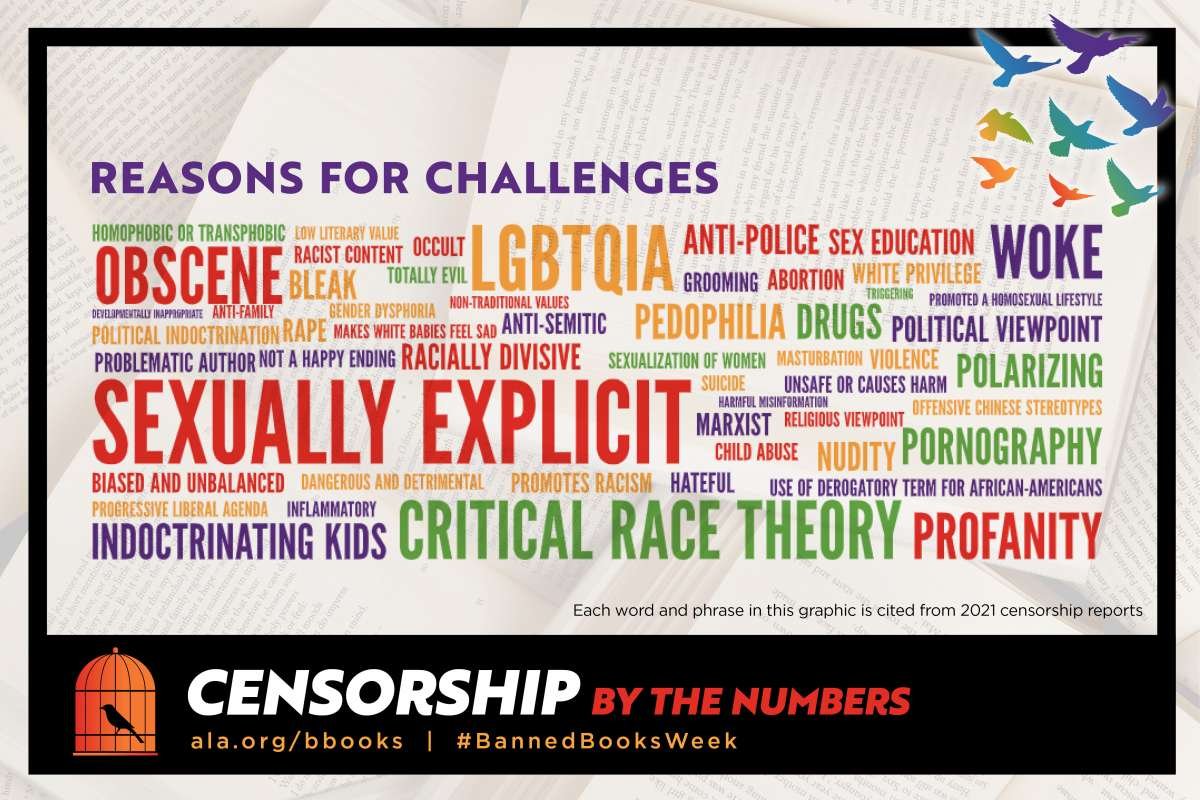What constitutes "age appropriate?" It's different for each kid, isn't it?
Take Elianna, for example. She's almost 2 1/2. She loves dinosaurs. She watched the last season of Camp Cretaceous with us and was never bothered by snarling dinosaurs ("Whatchu DOIN', dinosaur?!") or by antagonistic robots ("robot dinosaur!"). She occasionally sees snatches of Jason's video games; once, recently, having the bad timing to walk into the room as one character hit another and knocked him out. ("Guy fall down?" "Yes, a mean man hit him and he fell down. That's why we don't hit." "We don't hit. Guy fall down, take a nap.") But we were watching a different show with a comedically-malfunctioning vacuum cleaner and she started screaming.
Or, take, for example, the fact that when I was eight or so, the Giant Mouse of Minsk from An American Tale gave me nightmares. When I was ten, I had three months of rabies-based nightmares and paranoia (I would NOT sit with my back to an open door for fear a rabid rodent would creep in and bite me) after reading Old Yeller... but only one year later I was watching Jaws (and Shark Week) and reading Jurassic park without issue.
Every kid is different and, moreover, what bothers every kid is going to be different. A young child may be scared by something innocuous, but not bothered by what you would expect. A middle schooler may completely miss a reference to sex or violence, but be traumatized when the dog dies.
When I worked in the children's department at a local library, one of my favorite patrons was an 11-year-old who reminded me a lot of myself, both in the volume of books read and in genre choices. She'd come in every other week and make a beeline for me, asking, "What's new? What's good?" She had burned through most of the juvenile-level books and was mostly out in the Young Adult section. She could have asked our adult reference librarians, who were technically over YA.
I don't know if it was just because we had developed a rapport, or because I was the youngest full-timer there (I was 30, and looked younger, and I'm also quite short), or if it was simply because we had the same interests - fantasy and adventure, with an occasional dash of history or sci-fi. She was very mature as far as reading level and vocabulary, and she, like I, loved doorstopper tomes. She hauled a huge black vinyl bag with her to stuff all her books into (she often checked out close to a dozen and, yes, did read most of them in two weeks). It became harder and harder to find things that would interest and/or challenge her that would also be "age appropriate." After we had been doing this for a while, I started to ask her, "are you OK with this, are you OK with that?" As young as she was, I still tried to avoid things I knew to have more sexual content. I recall one time I weighed the pros and cons of giving her a book I'd just finished that I had really enjoyed.
"It's kind of dark," I cautioned. "The main character gets put on trial for witchcraft." I paused, sizing up this even-shorter-than-me bookworm. "Would torture bother you?"
"I think I would be OK," she answered confidently.
"Would it bother your parents?"
She shrugged. "I don't think so. If I got upset, they'd be upset, but I think I'll be OK." Still not entirely sure, I gave it to her anyway. Two weeks later she came back for the sequel.
I bring up these stories because recently there have been more and more school boards and school districts being pressured, or even making rules, to allow parents - one single parent, in some cases - to remove books they don't like from the library. While I do agree that certain books don't belong in school libraries - 50 Shades of Grey springs to mind - I also think that a parent's dislike, mistrust, or even misguided rumor-fueled opinion of a book should not outweigh the expertise of teachers and librarians whose area of study is choosing developmentally appropriate books for a certain age group.
Should I go to Elianna's preschool and demand that they remove any books with vacuum cleaners in them? Of course not. Should my mom have gone to our local library or Blockbuster and demand that no one be allowed to watch An American Tale or Old Yeller? Of course not. One parent, one individual, even a vocal minority of annoyed or misinformed people should not be able to make snap decisions on what books hundreds or thousands of students have access to.
By all means, be involved in your child's education. But be aware that just because YOU don't like the book doesn't mean that no one should read it. The book you hated may be the book that finally gets a reluctant reader interested in reading, or may be the book that helps a struggling teen realize they aren't alone, or that helps a child understand an important lesson about the world. Let them read. Or, to quote Finding Nemo:
"I promised I'd never let anything happen to him."
"Well, that's a funny thing to promise - then nothing'll ever happen to him. Not much fun for little Harpo."






















